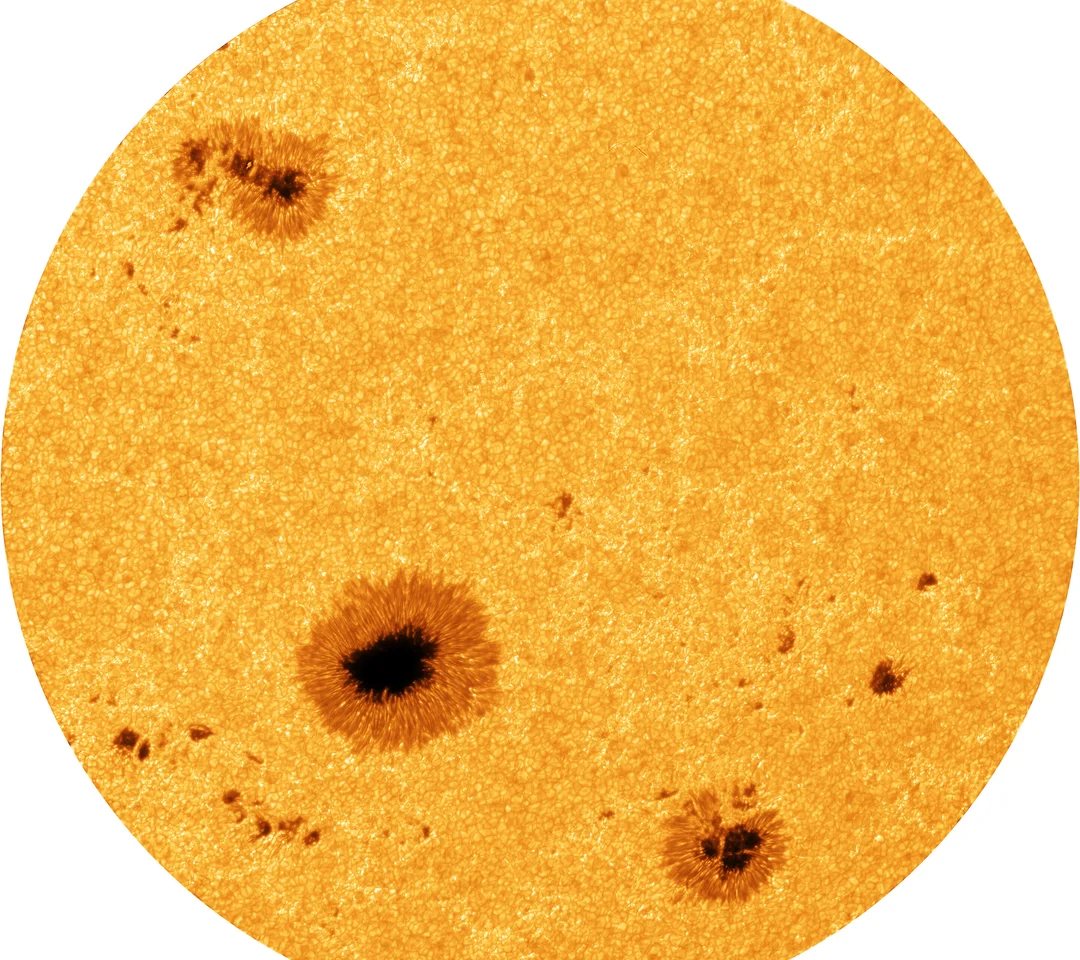
Stunning 8K Solar Images Unveiled: New Telescope Tech Reveals Unprecedented Sun Details
A groundbreaking achievement in solar observation has arrived! Imagine witnessing the sun's surface with a clarity never seen before. That's precisely what's now possible thanks to a new camera system integrated into the long-standing Vacuum Tower Telescope (VTT) in Tenerife. This isn't just about pretty pictures; it's a leap forward in understanding solar activity and protecting our technology here on Earth. The buzz is all about these stunning 8K resolution images that are changing how we see our star.

The Vacuum Tower Telescope (VTT), in operation since 1988, has received a major upgrade courtesy of the Leibniz Institute for Astrophysics Potsdam (AIP). This upgrade involves a new camera capable of capturing 100 short-time-exposure images in just 4 seconds. This rapid capture allows for the creation of a final image with an astonishing 8K resolution. The resulting images bridge the gap between wide-angle solar views from smaller telescopes and the zoomed-in perspectives of larger solar observatories. The VTT’s field of view extends to 200,000 kilometers (125,000 miles), offering a clear context for large-scale solar structures.
Crucially, the speed of the camera mitigates atmospheric disturbances, enabling the telescope to resolve details as small as 100 kilometers (61 miles) on the sun's surface. This allows researchers to create time-lapses of solar processes on a scale of just 20 seconds, providing invaluable insights into solar dynamics. According to Robert Kamlah, who spearheaded the project as part of his doctoral work, the system has exceeded all expectations. This sentiment is echoed by Carsten Denker, Head of the Solar Physics Section at the AIP, who says they are effectively "teaching an old telescope new tricks."

The implications of these high-resolution images extend far beyond aesthetics. As Rolf Schlichenmaier, a scientist at the Institute for Solar Physics, notes, a comprehensive understanding of solar activity requires analyzing both the fine structure of the sun and the long-term development of its global activity. Investigating the magnetic field's temporal evolution in active regions is also critical. The new setup allows researchers to observe specific layers of the sun's atmosphere with special filters, including the photosphere and chromosphere. Analyzing plasma motion in these regions is crucial for understanding sunspot evolution.
Why is this significant for those of us on Earth? Sunspots and solar storms can disrupt satellites, GPS systems, power grids, and even internet connectivity. By enabling better prediction and preparation for these solar events, the new telescope technology could prevent costly blackouts and communication failures. The breakthrough allows us to understand how the sun affects our daily lives and how we can shield ourselves from its potentially harmful outbursts. As reported by BBC Sky at Night Magazine, the Visible Tunable Filter instrument allows seeing details on the Sun as small as 10 km across.
The unveiling of these 8K solar images marks a pivotal moment in our study of the sun. What new discoveries will these detailed observations unlock? And how will this improved understanding of solar activity shape our technological future? Share your thoughts and predictions in the comments below!